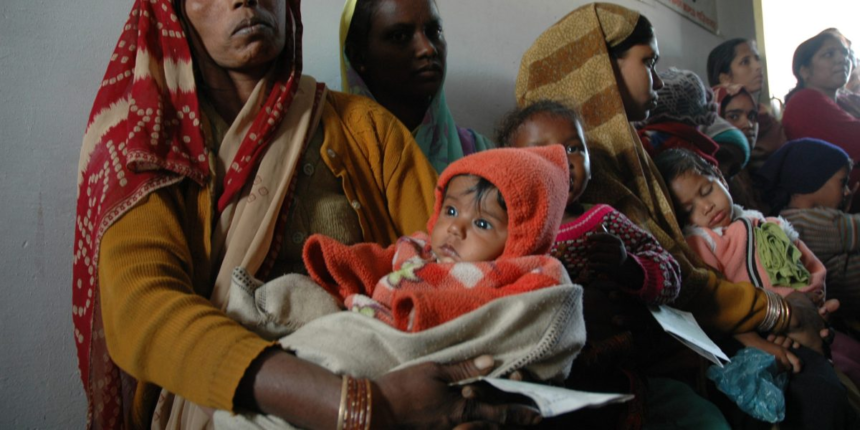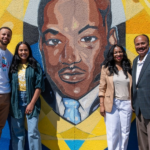At an event with STAT News in Cambridge, Mass., to announce the initiative, Gates pointed to successes that the foundation has pulled off reducing child mortality with vaccinations, and reducing maternal mortality with simple and cheap devices to measure blood loss. “The progress on childhood death has been pretty phenomenal; maternal deaths have not gone down as quickly,” he said. “We said, ‘We really need to go after these things.’”
The foundation aims to pull off moonshot innovations using AI to diagnose and treat women, and also to expand the use of existing technology. Technology that’s widely available in wealthier countries—like an ultrasound to determine how a pregnancy is progressing—remains out of reach for many women in poorer countries. “In fact,” Zaidi said as she announced the Foundation’s investment, globally “70% of women do not have access to a simple ultrasound at pregnancy.”
Even in wealthy countries like the U.S., Zaidi wrote, there are major gaps in women’s healthcare. In North Dakota, for example, one in four women must drive over an hour to reach the nearest birthing hospital. “In 2022, about 2.3 million U.S. women of child-bearing age lived in ‘maternity deserts,’ defined as counties without a hospital, birth center, and doctors and nurse midwives with experience delivering babies,” she wrote.
The $2.5 billion in funding for research and development will focus on five areas: obstetrics and maternal immunization; maternal health and nutrition; gynecological and menstrual health; contraceptive innovation; and sexually transmitted infections. Among the areas the foundation hopes to make progress are research into the vaginal microbiome, therapeutics for preeclampsia, and non-hormonal contraception.
The work to be funded has economic and business dimensions too, Zaidi emphasized: The foundation cites research showing that every $1 invested in women’s health yields $3 in economic growth. “Women’s health is not just a philanthropic cause,” Zaidi said. “it’s an investable opportunity with immense potential for scientific breakthroughs that could help millions of women.”
Zaidi emphasized that the foundation’s $2.5 billion commitment, while enormous, “is just a drop in the bucket.” It covers only a part of the battle ahead to protect women and their children from dying of preventable causes. The funding is earmarked for research and development. Delivering actual solutions to women around the world is a complicated process that requires collaborations with governments, other philanthropies, and companies.
“It is truly a big task,” said Dr. Ru-fong Joanne Cheng, the foundation’s director of Women’s Health Innovations. “We need everyone to join in, raise the visibility of these issues, raise the fact that so little attention has been paid toward the health of over half the population of the globe… It’s not going to happen spontaneously; it has to be intentional. It has to be deliberate.”









